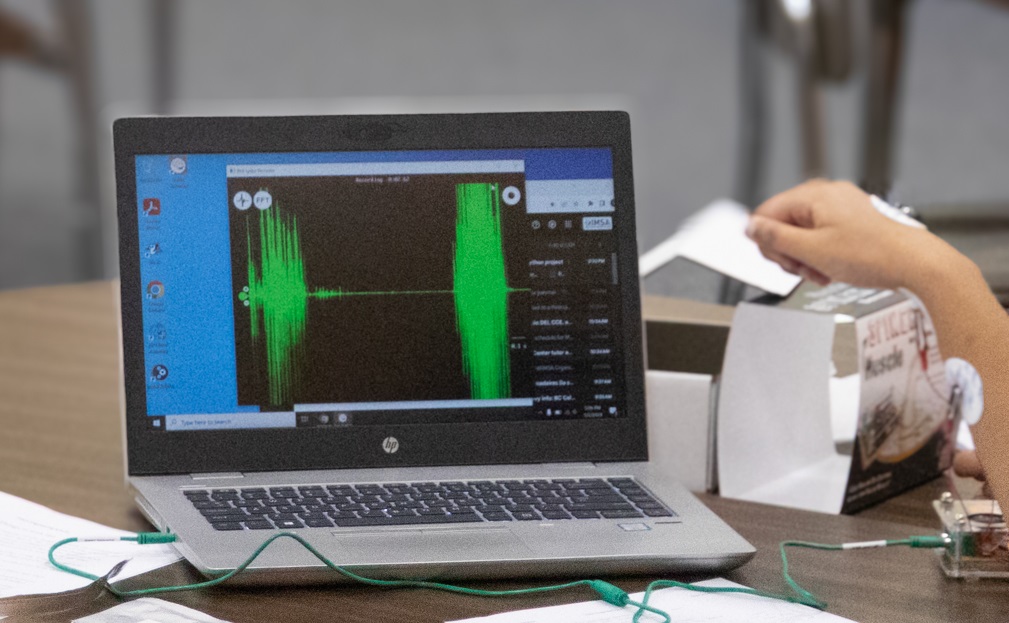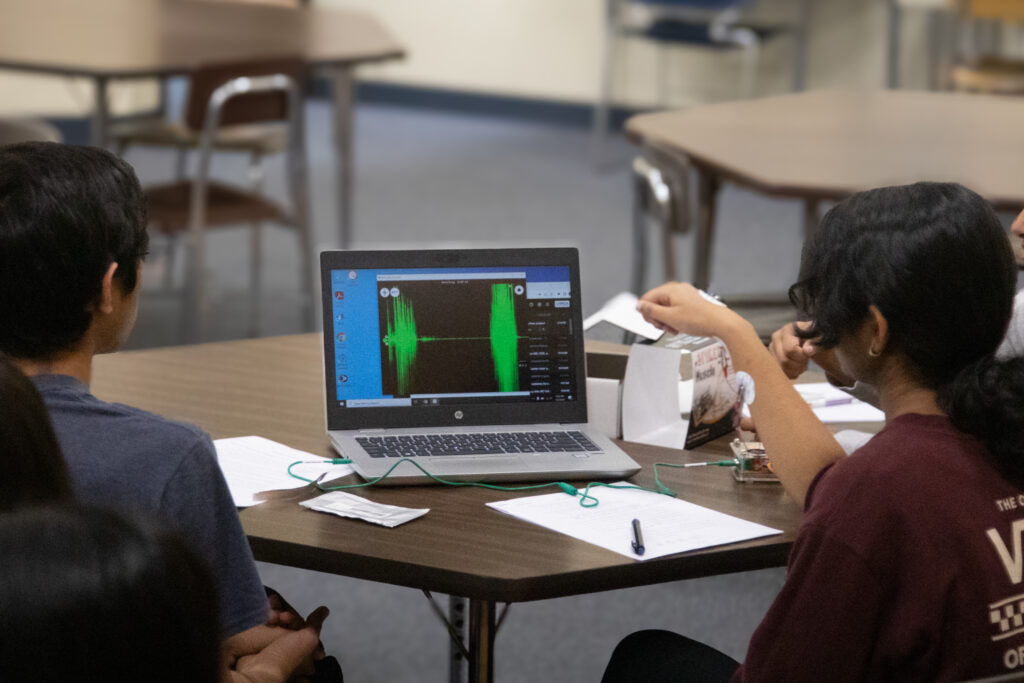Systems for Yielding NeuroAI and Action-based Processing of Signals and Effectors Lab
We are interested in understanding the mechanisms underlying neuromuscular control in humans by combining experimental design with multiscale computational modeling. We aim to investigate how information from the brain is accurately translated to the limbs to estimate position, speed, and torque. This research will advance our understanding of neuromuscular control and its role in sensory-motor integration, which is critical for improving the design and effectiveness of brain-machine interfaces. The SYNAPSE Lab focuses on reverse engineering the neuromuscular system across multiple scales—including intracellular, cellular, and systems-level dynamics. Our goal is to decipher the intricate interplay between neural signals and muscular responses that underlie human movement.
Approach and Methodology
We utilize non-invasive, state-of-the-art sensing technologies and advanced data collection software that enable real-time analysis of motor unit control. These tools allow us to design targeted experiments that reveal the underlying signals and mechanisms involved in voluntary and involuntary movement. Our analyses integrate:
- Biologically realistic and reduced-order computational models
- Machine learning techniques for pattern recognition, prediction, and system behavior inference
- Neurophysiological signal processing to interpret motor commands and feedback loops






Research Focus
By blending experimental data with computational modeling, we investigate how neuromuscular circuits:
- Implement functional behaviors at the system level
- Coordinate control across hierarchical neural structures
- Navigate challenges like redundancy, variability, and signal noise in motor tasks
This interdisciplinary approach helps bridge the gap between biological theory and engineering practice, contributing to applications in rehabilitation, neuroprosthetics, robotics, and the optimization of human performance.


